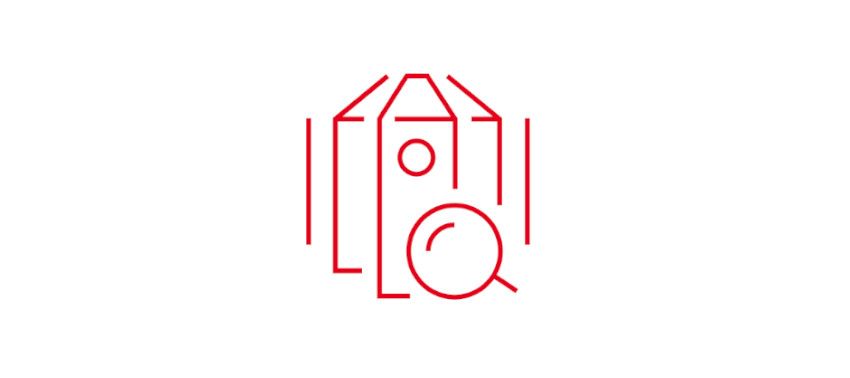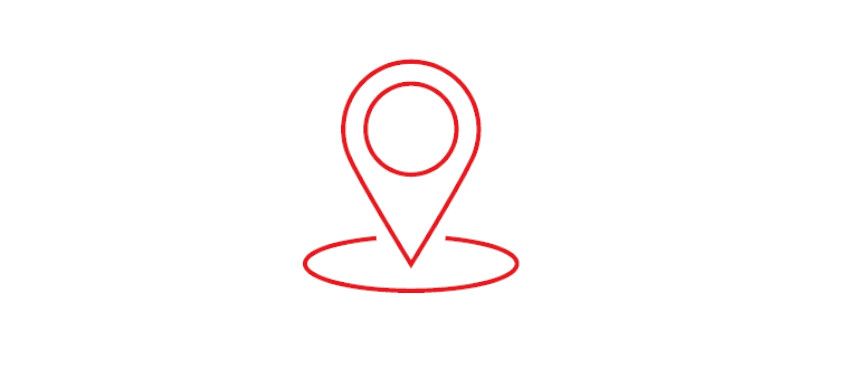Holcim Cement Workers Switch to Tyvek® Coverall
At the Holcim AG Lägerdorf site, employees working in cement production have switched from wearing disposable garments made of SMS material to limited use Type 5 & 6 chemical protective garments made of DuPont™ Tyvek®.
Holcim Ltd is one of the world’s leading producers of cement and aggregates. At the Holcim AG Lägerdorf site in Northern Germany, employees working in cement production have switched to Type 5 & 6 chemical protective garments made of DuPont™ Tyvek® to help protect them from dust and dirt.
The kiln technology adopted in modern cement plants increasingly supports the use of substitute fuels such as tyre chips and plastic waste, provided their chemical composition is deemed suitable for the combustion process.
To keep the flames in the kiln continually burning at a temperature of up to 2,000°C (necessary to enhance the quality of the compound and the end product), the fuels are fed into the rotary kilns as finely dispersed powders, flakes and/or fluff. These substances are highly prone to creating dust.
At Holcin’s Lägerdorf site, chemical protective garments are required to protect employees who, on a daily basis, inspect a large number of secondary or substitute fuel metering and conveyor systems or carry out routine maintenance work on such systems.
Garments made of DuPont™ Tyvek® can provide a solution
It became apparent that an alternative to the previous protective garments was required as employees were dissatisfied at the frequent low tear resistance of the material. Problems had arisen when the barrier layer was no longer intact. This was especially so when employees were carrying out physically strenuous activities such as cleaning work on the highly soiled metering and conveyor systems.
"Tyvek® garments were selected because they met the important criteria of barrier protection, comfort and strength. Tyvek® material has a high liquid and particle barrier, low specific weight and high resistance to tear, tear propagation and abrasion, while ensuring an effective level of both permeability to air and water vapour. The garments have proven their worth in terms of their barrier protection against air-borne, even very small particles and in terms of comfort and tear resistance, and subsequently have now been selected for use in the company’s second plant near Hanover."
What is Tyvek®?
Tyvek® material is made from spinning 100% extremely fine continuous high density polyethylene (HDPE) fibers that are then fused together to form a strong uniform web by applying heat and pressure. Protective Tyvek® garments are available with varying degrees of barrier protection (Type 6 to Type 4: chemical protective garments).
Suits made of Tyvek®, as used by Holcim, are typically used to protect against liquid mist (Type 6) and airborne solid particulate chemicals (Type 5). Type 4 chemical protective garments like Tyvek® 600 Plus also have over-taped seams, and offer an increased whole suit protection against aerosol sprays. As protective garments made of Tyvek® do not contain "critical" additives (e.g. no halogen compounds), they can also be disposed of without any problems in incineration plants, obviously complying with the applicable guidelines for the contaminating substance in question.


